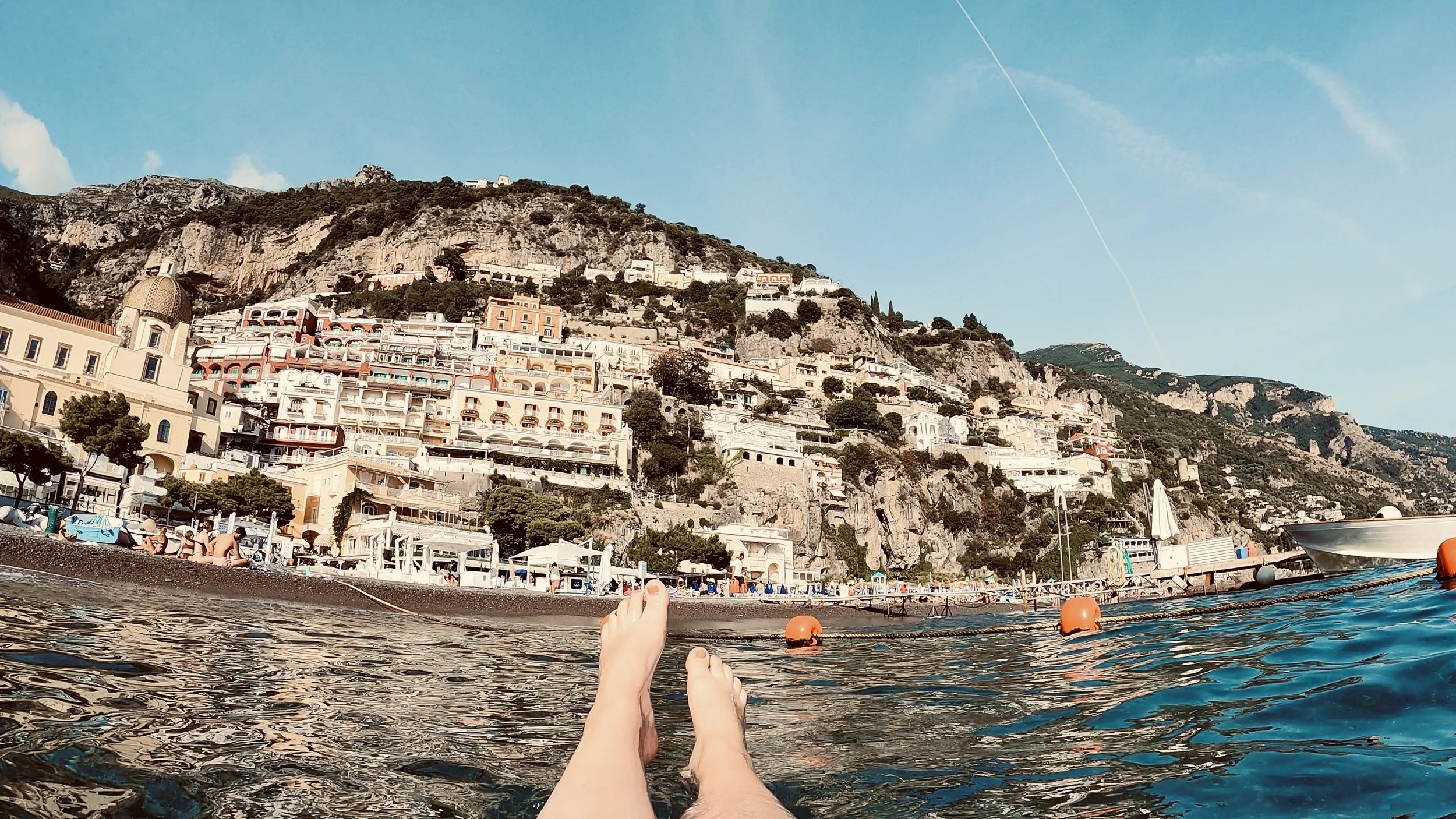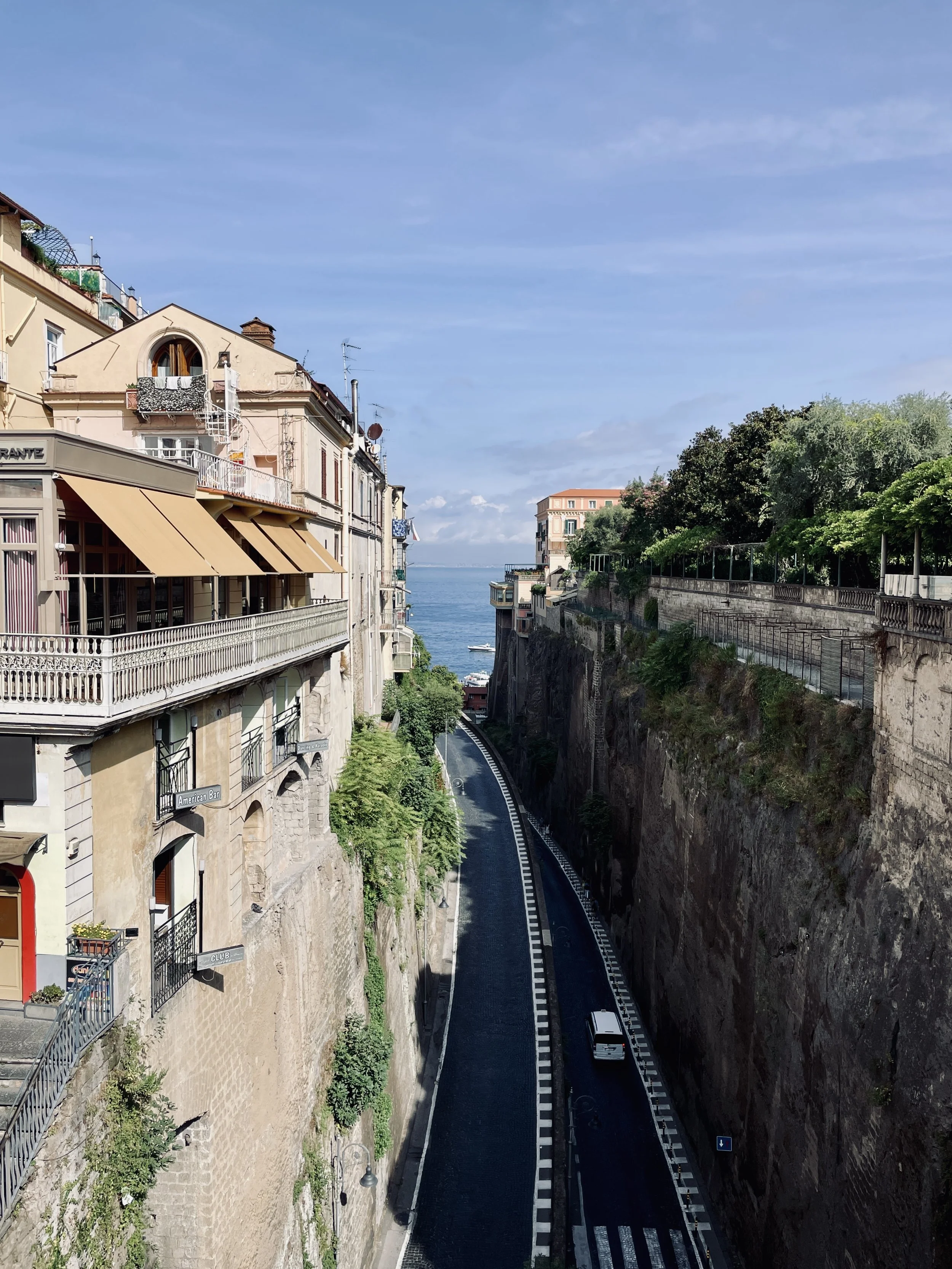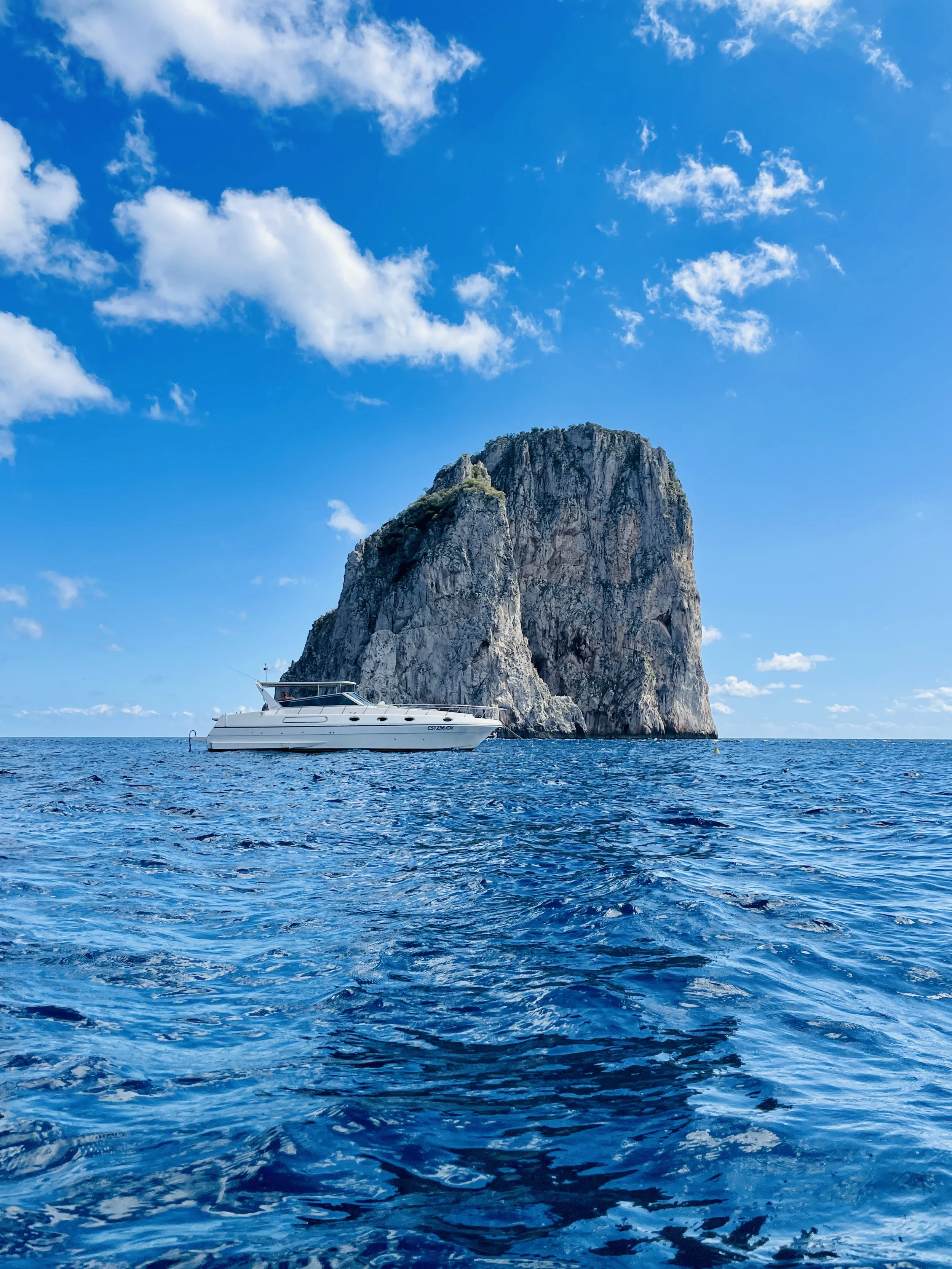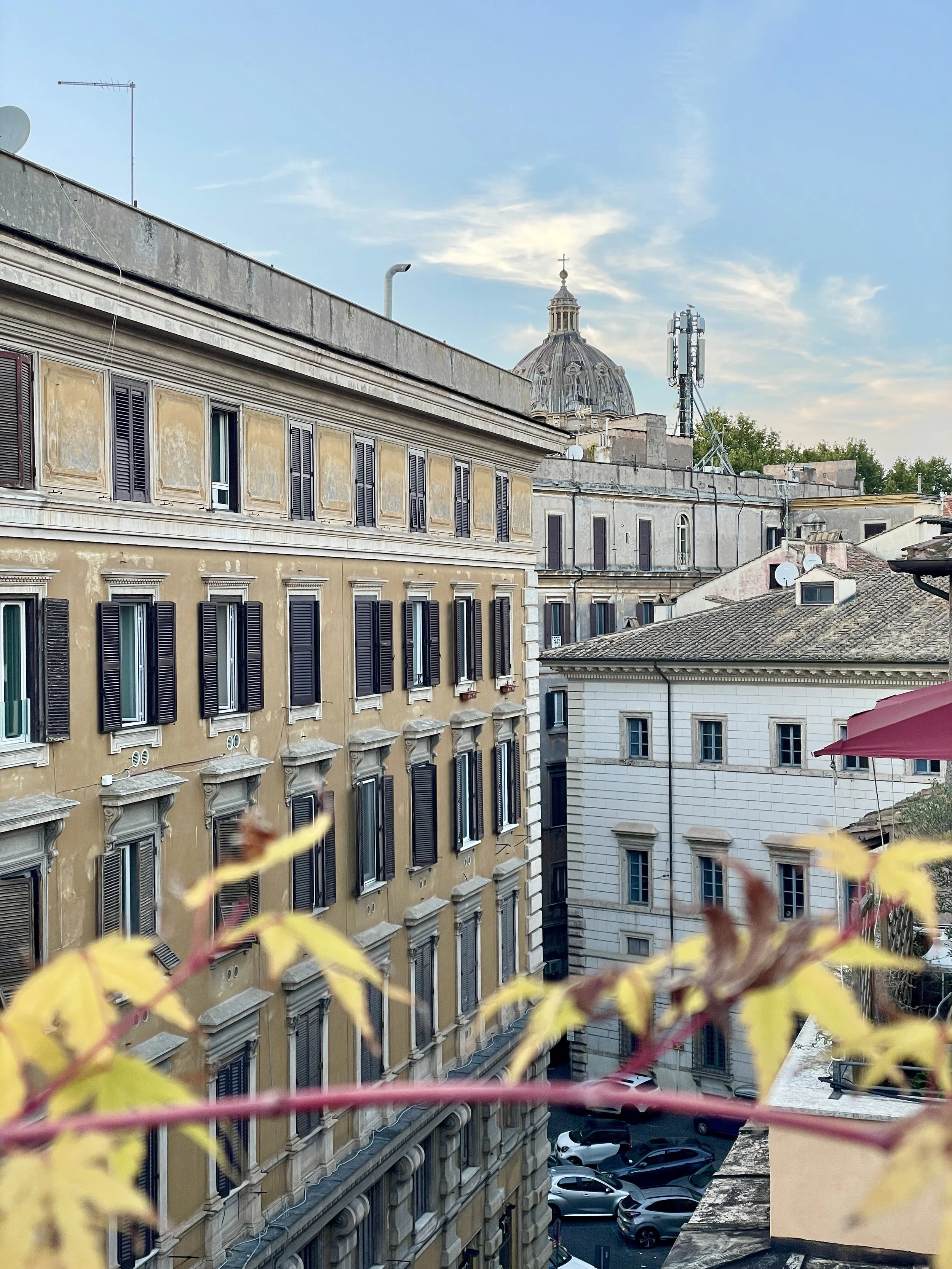Positano, Italy: Complete Travel Guide to the Amalfi Coast’s Most Iconic Town
Positano, Italy: Complete Travel Guide to the Amalfi Coast’s Most Iconic Town
words: Sophie Alexander-Osman
photography: Sophie Alexander-Osman
published: October 17, 2025
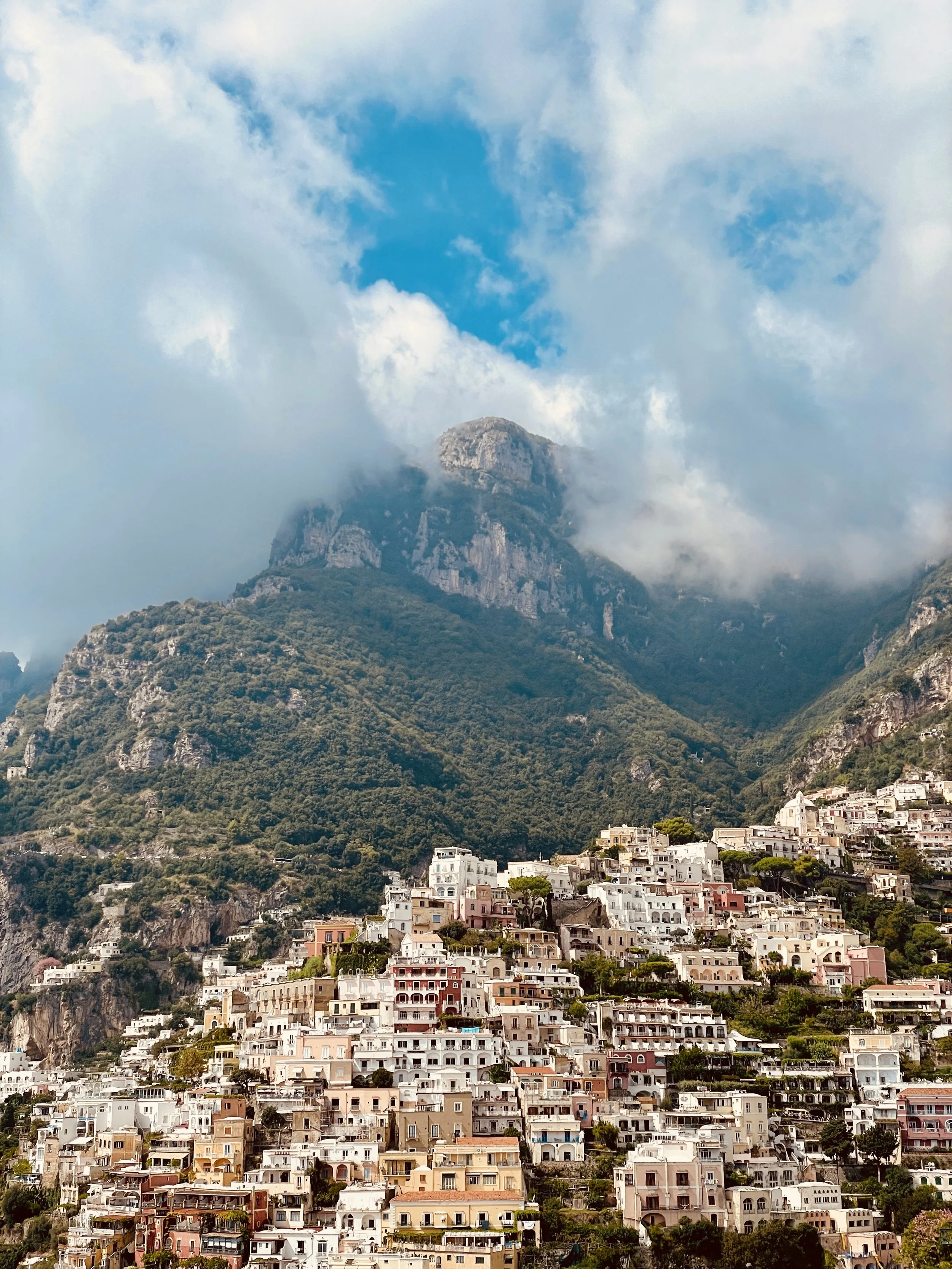
I have travelled to so many countries over the last few years, but when booking this trip to the Amalfi Coast it turned out to be the most confusing trip to plan and took far longer to understand the logistics than any other trip I have done. I visited Italy ten years ago and have explored many parts of the country, but this was my first time on the Amalfi Coast. I read so many articles warning me not to hire Vespas because they are dangerous, not to drive because the roads are too tight and there is nowhere to park, that buses are always delayed, and that ferries are the best option but sometimes do not run due to bad weather. I mean, talk about scaremongering.
Positano is one of the most iconic towns in the world, perched on cliffs along the Amalfi Coast with pastel-coloured houses cascading down to the Mediterranean. It attracts visitors from across the globe and is on almost everyone’s bucket list. In this post I will finally put to bed all of the rumours and share our real experience getting to Positano, whether it is worth it, and the best way to plan your visit. I will also cover what to do, where to eat and where to stay, so you can prepare for your trip without the stress we faced.
The Towns Along the Amalfi Coast
The Amalfi Coast is not just Positano. It’s a string of stunning towns, each with its own character:
Sorrento — often a base for tourists, it feels more laid-back, with good transport connections to Naples, Rome, Capri, and the Amalfi towns.
Positano — the most iconic town on the coast, with cliffside houses cascading down to the sea, narrow streets full of shops, and a dramatic seaside setting.
Amalfi (Amalfi town) — with its striking cathedral and historical importance, it’s the namesake of the coast.
Ravello — perched above the sea, known for its gardens, classical music festivals, and panoramic views.
Praiano — quieter than Positano, with peaceful beaches and steep lanes.
Minori and Maiori — more low-key, with longer beaches, local life, and less vertical climbing.
Each town offers a different pace and vibe. Some are best reached by ferry; others by road or bus. In your Amalfi itinerary, you’ll likely hop between several of them.
How to Get Around & How We Reached Positano
We based ourselves in Sorrento. It made logistical sense: easy to reach from Naples or Rome, and from there you can take ferries or buses to the Amalfi towns. We took a ferry from Sorrento to Capri for a day, and for Positano we used a SITA bus.
We walked from our Airbnb in Sorrento to the central bus station, unsure of what to expect. What greeted us was chaos: people everywhere, a huge queue wrapping around the station perimeter, and zero clear signage or help on the ground. We discovered that you must first buy return tickets from the kiosk inside the station (staffed by an older man and woman who seemed weary from endless tourist queries). They said cash only, which we didn’t have, but after some insistence, they accepted card.
I suggest buying all your bus tickets on day one of your Amalfi stay, it saves endless friction later. After securing tickets, we joined the queue (we double-checked with fellow tourists that it was the correct line). Some scaremongers claimed they’d been queuing for 2 hours under the hot sun, but honestly, it wasn’t that bad — at least in mid-September (I can’t vouch for June–August). We ended up waiting about 35 minutes before boarding. The rumors of “only one bus to Positano every 30 minutes” are true — but in practice, buses are packed and they often load early, so the process is quicker than expected.
In my view, the bus from Sorrento to Positano is your safest bet (unless you're confident and used to riding a Vespa). Originally we planned to rent one, but I was battling a cold and didn’t want to be in charge of a vehicle I wasn’t comfortable with.
The ferry is another option, but we found it less ideal: overloaded with people, slower (it follows the coastline, stopping at other towns), and the port in Positano itself is chaotic. I don’t even want to think what a stormy day would do to that setup.
Driving? Absolutely not. The Amalfi roads are narrow, winding, and parking is minimal. The bus is the better choice for Sorrento to Positano. For travelling between Positano and towns further along the coast (Amalfi, Minori, Ravello), the ferry often becomes the better option, but definitely book in advance on Ferry Hopper.
When we arrived in Positano, the bus dropped us on the main road high above town, which gave us some of the best views of the day. From there, it’s a 15-minute walk downhill to the promenade and beaches. When returning, note: the bus stop is not the same as the drop-off point. Watch for signs for buses to Sorrento, just a two-minute walk up another street where the SITA buses depart back to Sorrento. We left Positano around 7:00 pm, having taken the bus there around 10:30 am. My advice: during peak season, bus timetables are nearly useless — earlier is always better.
What to Do in Positano
We did not have a fixed plan and spent the day walking around, exploring the streets and shops. Positano has an incredible number of shops, so take your time. I recommend starting high up in the town so you can see the views first; the walk uphill in the heat can be exhausting, so you should leave the walk back up the hills until it is cooler.
After lunch we made our way down to the main beach called Spiaggia di Positano Marina Grande. Many sunbeds can be rented for forty or fifty euros a day, but we found a small stretch of beach next to them which was free. We were happy to stay there for the afternoon, swimming in the sea, eating gelato and watching the ferries come and go. For a quieter option, walk about ten minutes to Fornillo Spiaggia, which is calmer, though it does not have the same views of the town.
If you have extra time in Positano, there are a few experiences worth considering. The Path of the Gods hike starts from Nocelle above the town and offers incredible views of the coastline. Exploring hidden alcoves and wandering through artisan shops, ceramics stores, local boutiques, and even joining a pasta-making experience can be rewarding. Getting up early to watch the sunrise is also a highlight, as the soft morning light transforms the pastel-coloured buildings into something truly magical.
Where to Eat
We stumbled on a gem for lunch: Casa e Bottega — fresh pasta, watermelon mocktails, intimate and owner-run, no reservation needed (a rarity in Positano).
If you're aiming for more elevated dining, here are some strong options:
Rada Beach Bistrot — right on the main beach, beautiful views, upscale ambience.
La Tagliata — located above town among terraces, often home-cooked, seasonal menus, breathtaking views.
Da Vincenzo — solid staple for traditional dishes.
Il Tridente (Rooftop + Bar) — prime position in town, lovely terrace, good mix of casual & elegant.
Chez Black — right on the beach, ideal for dinners with sea breeze.
Tip: If you want to dine at the most popular or romantic spots, reserve a table weeks in advance during peak season. But for more casual meals or lunch, walking in sometimes works.
Snacks, gelato, cafés — everywhere. Don’t worry about going hungry.
Where to Stay
We stayed in Sorrento and visited Positano as a day trip. For us, that made sense — we avoided the steep climbs, high prices, and difficult logistics of staying perched above Positano. But if you want to stay in Positano, here are tips and recommendations:
Book well in advance — the best sea-view rooms go quickly.
Proximity to the sea matters. The steeper your stay, the more stairs you’ll climb daily.
Airbnb can be a good option, but aim for places nearer the coastline to avoid endless uphill walking.
Top hotel suggestions in Positano:
Le Sirenuse — an institution, elegant, in the heart of things.
Il San Pietro di Positano — luxurious, tucked on the rock, with private access to the water.
Hotel Poseidon — well rated, good value, beautiful location.
Hotel Eden Roc — stylish, with panoramic views.
Dimora del Podesta — intimate, family-run, with authentic charm.
In conclusion, I’m actually glad we didn’t stay in Positano. It’s stunning, yes — but the daily uphill/downhill grind and premium prices make day-trip stays more manageable (for many). If I were returning, I’d stay somewhere right on the water (if possible) — but short of that, I would only use Sorrento as a base.
RELATED POSTS

